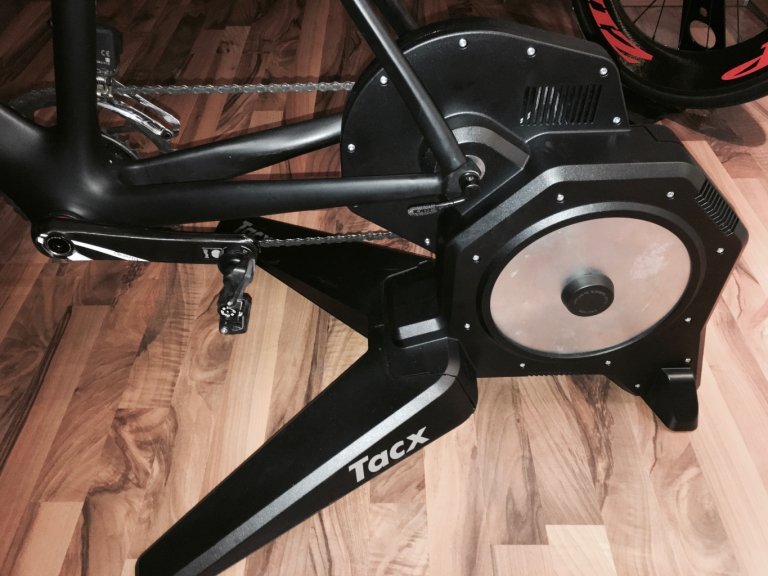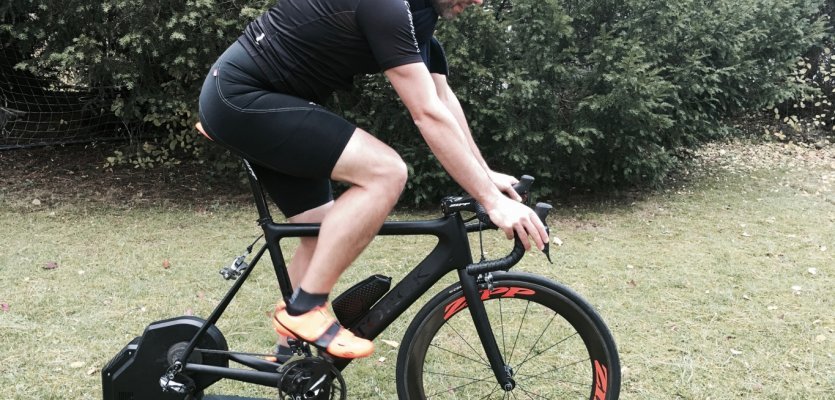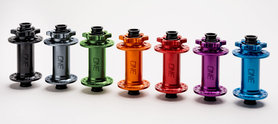
Review: Tacx Flux Smart trainer
Direct drive trainers are the way of the future. Check out Manuel's review of the Tacx Flux Smart and see what all the hype is about.
The only way we know how to go back to the future is with a flux compositor, but the Tacx Flux Smart is definitely ahead of its time. Known as a direct drive trainer, the Flux has an integrated freehub body where a cassette is mounted. This means that the rear wheel of the bike is removed and attached directly to the trainer allowing you to pedal and shift normally.
The Flux’s specifications:
| Type | direct drive |
| Resistance Type | magnetic (interactive), electronically controlled |
| Resistance Unit | electro brake |
| Resistance Levels | continuous |
| Resistance Adjustment | automatic |
| Brake Power (max.) | 1500 watts at 40 km/h |
| Simulated Slope (max.) | 10 % |
| Power Source | 110 - 240 V, not operable without power |
| Interfaces | Bluetooth 4.0, ANT+, FE-C (Fitness Equipment Control), PWR (Power), S&C (Speed & Cadence) |
| Compatibility | 20“, 24“, 26“, 27.5“, 28“, 29“ |
| Axle Type | quick release, thru-axles sold separately |
| Over Locknut Dimension | 130 mm, 135 mm |
| Freehub Body Compatibility | various Shimano, SRAM & Campagnolo cassettes |
| Weight Limit | 125 kg rider weight |
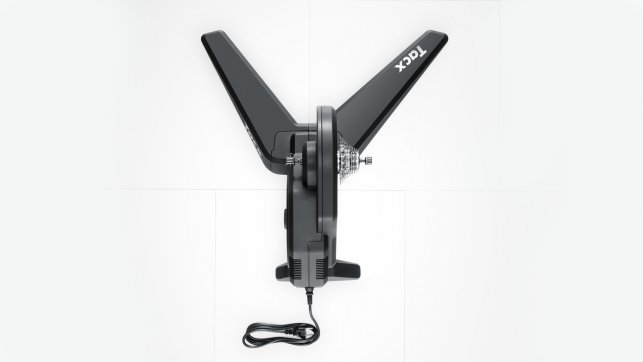
-
Now that we’ve got the theory out of the way, it is time to get practical. I received the Flux Smart all boxed up at work, but I couldn’t help myself, so I started unpacking it there.
After getting home, I was got really excited when the Flux Smart was finally set up!
All that was left to do was install my cassette and calibrate the trainer with the Tacx Utility App.
The Flux takes care of the calibration itself and Tacx recommends a calibrating roughly every two weeks. When it is done, the Tacx training software can be used immediately. I personally like Zwift software, and to use it I needed an ANT+ receiver for PC’s.
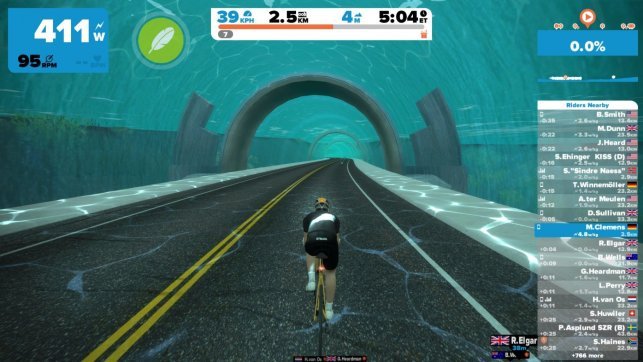
A quick note to Zwift:
It is not just simple training software, but more of a cycling social network. Zwift is definitely addictive, and is super easy to use. After logging in, the app connects to the Flux and all sensors, ANT+ or Bluetooth, that are available. All that is left is to choose a workout or race to participate in and the cyclist is thrust into a virtual world.
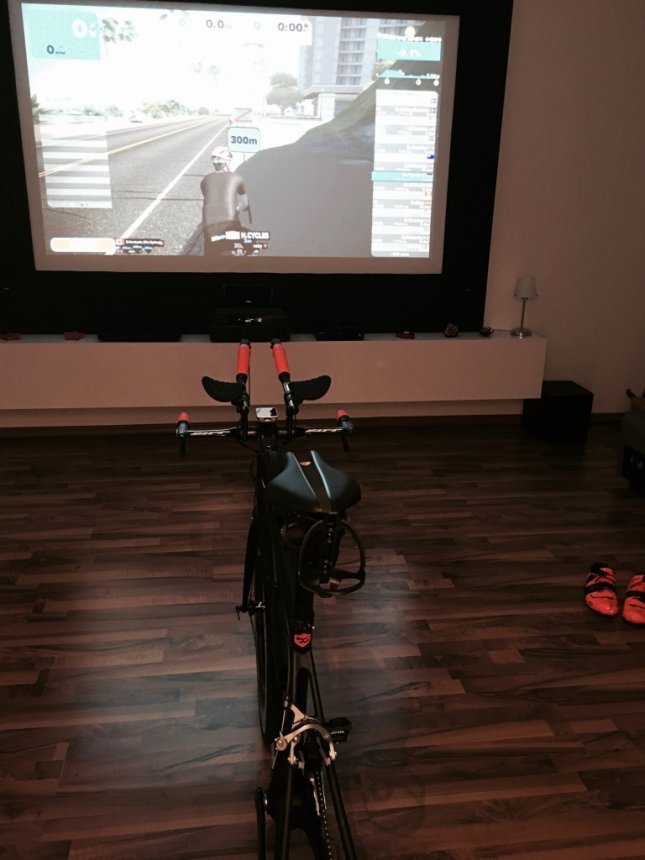
-
How the Tacx Flux Smart rides
The Flux Smart has a realistic feel with minimal lag when riding into ascents or descents. When combined with the Zwift app I quickly forgot that I was sitting on a trainer. Thanks to the Flux’s direct drive, realistic simulation of virtual elevation changes are smooth and make the trainer that much more fun.
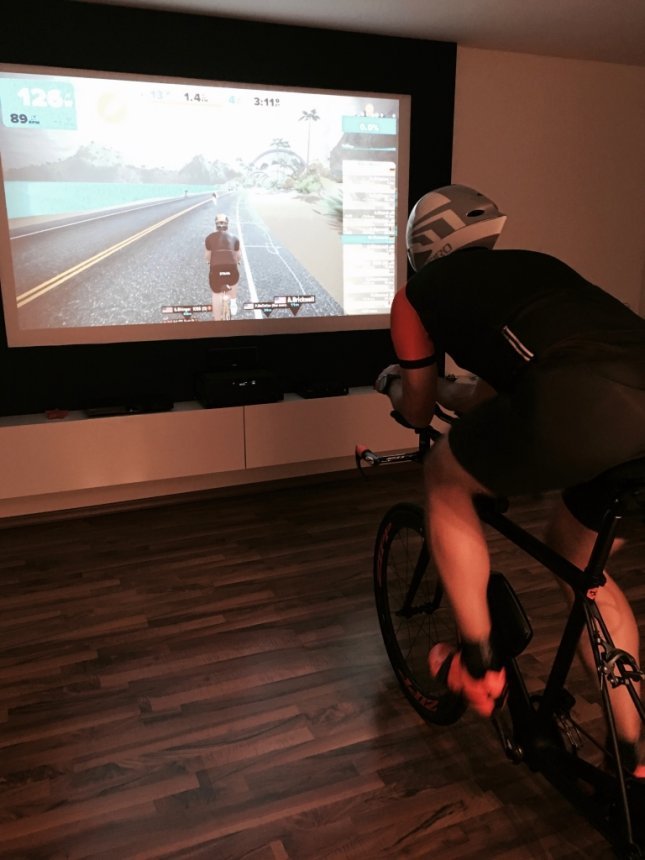
-
The live training results functioned exactly like they should, without complications or disconnections. The Flux does its job just how it looks, stealthily. When riding, I felt like it was a little louder than the Tacx Neo Smart, which is due to the Neo’s extremely quiet virtual flywheel.
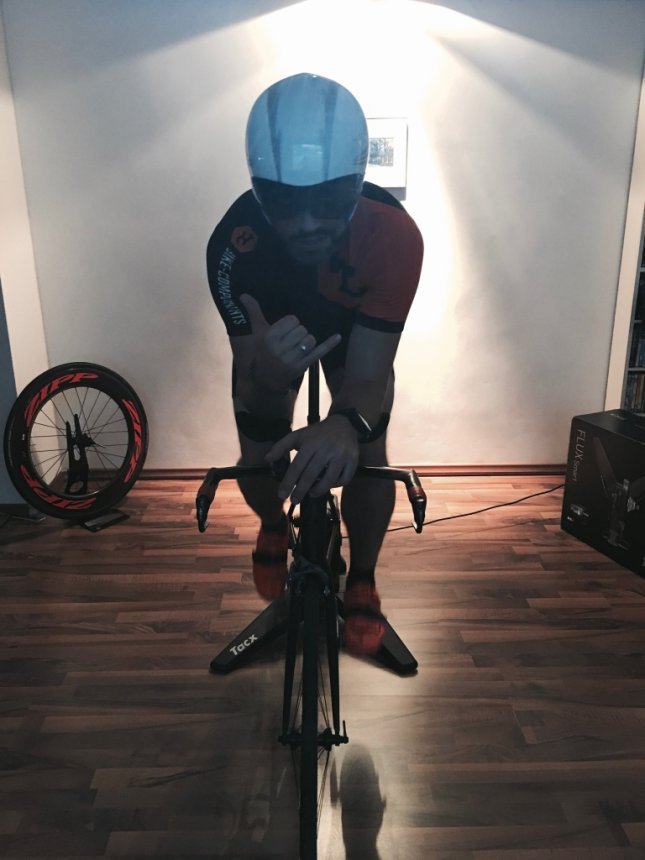
-
Connecting to cycling computers, smartphones or smartwatches functioned perfectly and the trainers design completes the package.
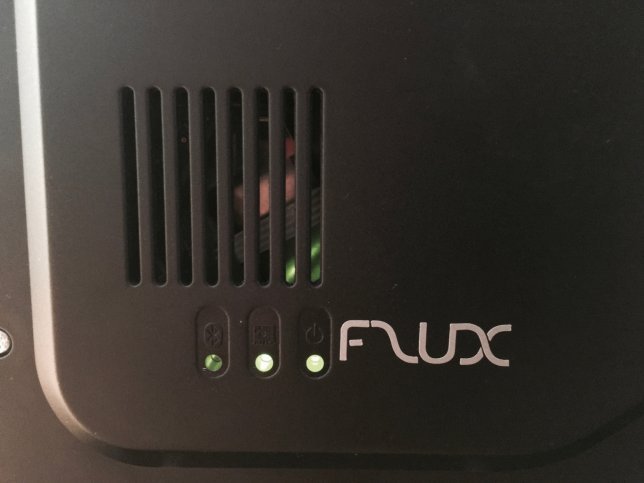
-
When comparing the performance measurements to multiple Garmin devices, there were very small deviations which, due to external forces and circumstances, is expected. Overall, the trainer makes a very positive impression.
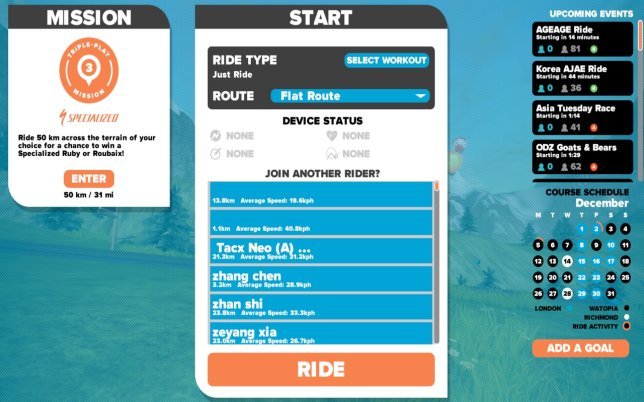
-
Summary
In my opinion, Tacx has developed a really great trainer. Now that they are working on connecting their steering frames (e.g. Blacktrack and NeoTrack) into Zwift, soon I’ll have the perfect training setup when coupled with the Flux Smart. It is important to enjoy your training and as far as I can tell, winter can last a little longer this year.

